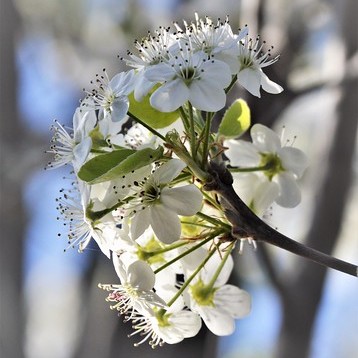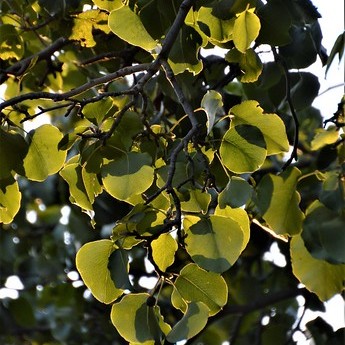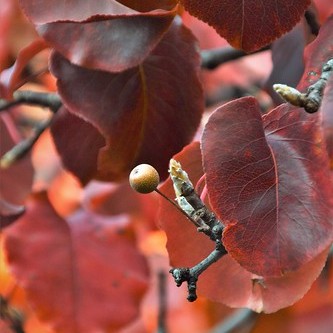❄☃❄☃❄☃❄☃❄☃❄☃❄☃❄☃❄☃❄☃❄☃❄☃❄☃❄☃❄☃❄☃❄☃❄




1) Rose of Sharon Seed Pods; 2) American Robin;
3) Black-capped Chickadee; 4) White-breasted Nuthatch
❄☃❄☃❄☃❄☃❄☃❄☃❄☃❄☃❄☃❄☃❄☃❄☃❄☃❄☃❄☃❄☃❄☃❄
Tanja's Little Corner of The World
A Texas city girl in a small New England town …

❄☃❄☃❄☃❄☃❄☃❄☃❄☃❄☃❄☃❄☃❄☃❄☃❄☃❄☃❄☃❄☃❄☃❄




❄☃❄☃❄☃❄☃❄☃❄☃❄☃❄☃❄☃❄☃❄☃❄☃❄☃❄☃❄☃❄☃❄☃❄

Bodhi Day is observed to mark the moment that took place 2,500 years ago when Siddhartha Gautama achieved enlightenment and became the Buddha or ‘awakened one’. The story goes that, rejecting the luxurious lifestyle of a prince, Siddharta left the comforts of the palace at the age of 29 and went on a journey of deep introspection to seek meaning in life.
He meditated in Bodh Gaya, a town in northeastern India, under a Peepal tree (a species of Banyan fig), now famously known as the Bodhi Tree, and resolved to continue meditating until he achieved ‘bodhi’ (‘enlightenment’). He attained bodhi at the age of 35, after 49 days of continuous meditation. He was now able to see how everyone and everything was connected and therefore reached a state of enlightenment that would lead him to create the Four Noble Truths: Dukkha (unsatisfactoriness), Samudaya (arising), Nirodha (cessation), and Magga (path) in which the Eightfold Path is set out.
Buddhists commemorate this day by meditating, studying the ‘dharma’ (‘universal truth or law’), chanting sutras (Buddhist texts), and performing kind acts towards other beings. Some people mark the day in a more traditional sense by cooking a meal of tea and cakes. Bodhi tree plantings are held throughout the month and are usually accompanied by tea ceremonies, while incense and multi-colored lights are displayed during the following month in the capital city of Tokyo and in towns and villages across the country.
Resource: https://nationaltoday.com/bodhi-day/





The trees were introduced to the U.S. by the United States Department of Agriculture facility at Glenn Dale, Maryland, as ornamental landscape trees in the mid-1960s. They became popular with landscapers because they were inexpensive, transported well, and grew quickly. Lady Bird Johnson promoted the tree in 1966 by planting one in downtown Washington, D.C. The New York Times also promoted the tree saying, “Few trees possess every desired attribute, but the Bradford ornamental pear comes unusually close to the ideal.”
In much of North America these cultivars, particularly ‘Bradford’, are widely planted as ornamental trees. The trees are tolerant of a variety of soil types, drainage levels, and soil acidity. Their crown shape varies from ovate to elliptical but may become asymmetric from limb loss due to excessive and unstable growth rates. The initial symmetry of several cultivars leads to their attempted use in settings such as industrial parks, streets, shopping centers, and office parks. Their dense clusters of white blossoms are conspicuous in early spring, with an odor often compared to rotting fish or semen. According to extension specialist Kelly Oten of North Carolina State University, the smell attracts flies which are the primary pollinators rather than bees. At the latitude of Pittsburgh, Pennsylvania, the trees often remain green until mid-November, and in warm autumns, the colors are often bright, although, in a cold year, they may get frozen off before coloring. In the South, Callery pears tend to be among the more reliable coloring trees.